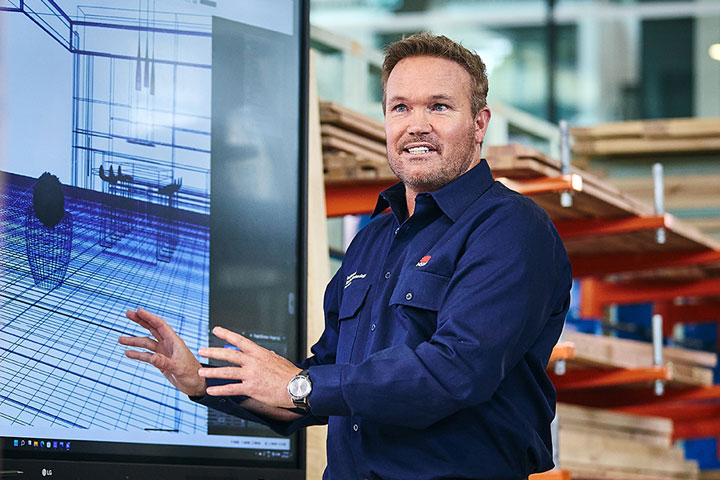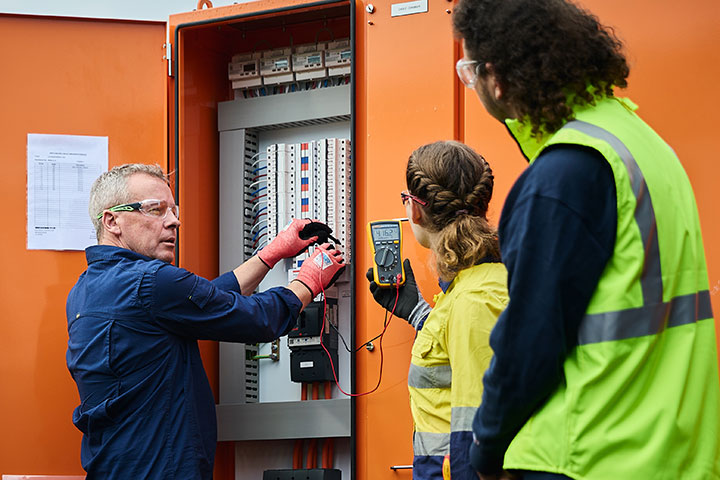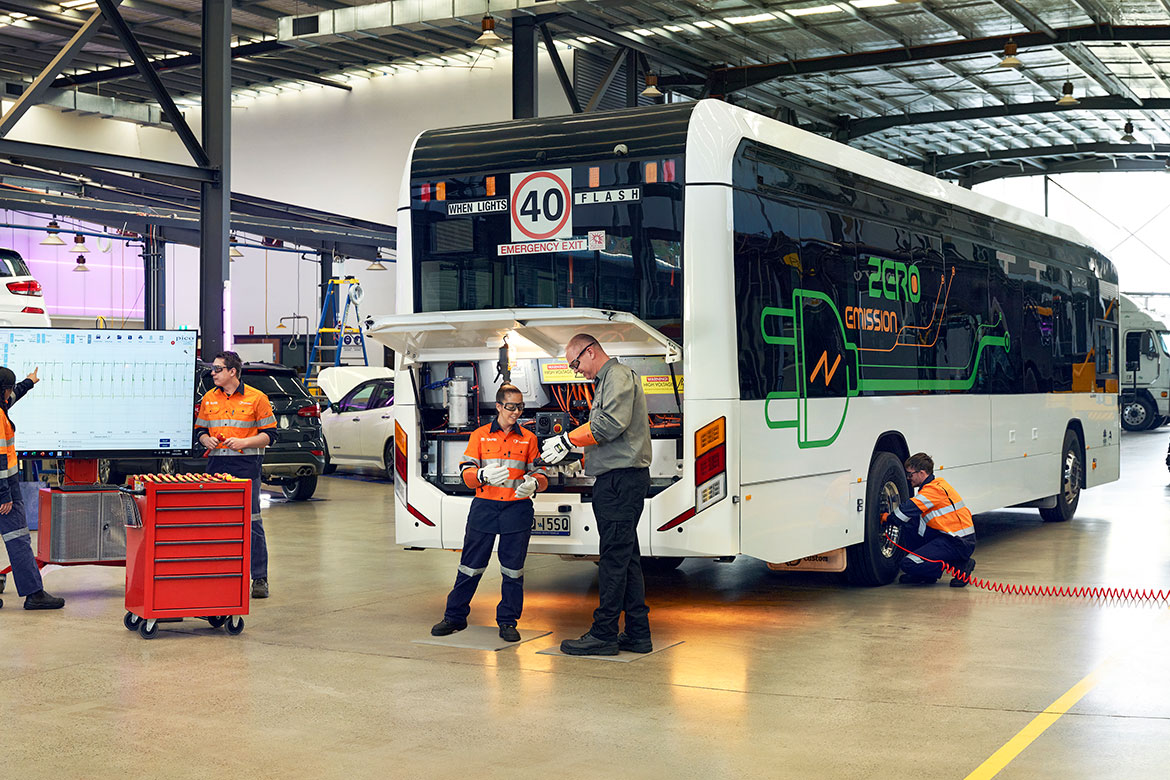- Go to homepage
- Programs
- Renewable Energy
Renewable Energy Courses at TAFE NSW
Our energy sector is undergoing a transformation – with battery storage, hydroelectricity, hydrogen, solar and wind energy all playing a critical role in paving the way for a net zero emissions future. TAFE NSW offers training to meet the needs of this emerging sector and the demand for skilled labour across a range of industries.
Courses in Renewable Energy

Automotive
Make the shift from fossil fuels to renewables and get hands-on experience with alternative energy sources.

Business
Grow your career in renewable energy by overseeing activities, managing financials, ensuring compliance, and providing strong support to staff, customers, and the community.

Civil Industry and Construction
Shape the future of energy infrastructure as you design and construct civil works such as dams, structural assets, and pipe networks.

Electrical
Install and maintain critical energy assets that drive the transition from carbon-intensive sources to clean, renewable power.

Engineering
Shape the future of energy by creating workable solutions to complex challenges in a fast-moving, innovation-driven sector.

Maritime
Build and maintain offshore wind farms that deliver clean, renewable energy for the future.

Surveying
Survey and analyse landforms to support the planning, design, and delivery of next-generation energy infrastructure.

Sustainable Practice
Protect the natural resources essential to tomorrow’s energy systems while contributing to a more sustainable environment.

Transport and Logistics
Develop the skills to improve storage and freight movement, delivery and distribution, and support a cleaner, more sustainable future.
Your pathway to a renewable energy career
Whether you’re considering your future career or looking to upskill and specialise in renewable energy, TAFE NSW has a course for you. Explore our range of microskills and qualifications that will give you the skills that help contribute to a cleaner, brighter future.
